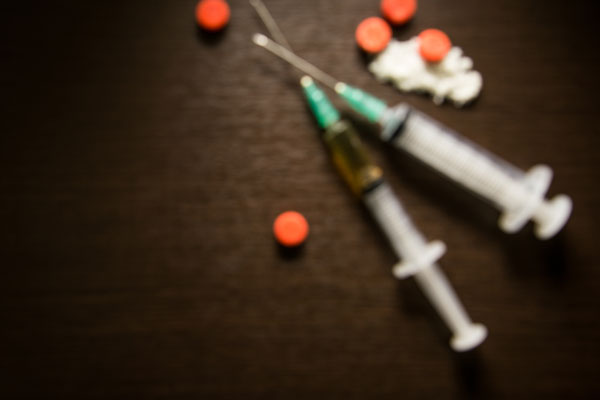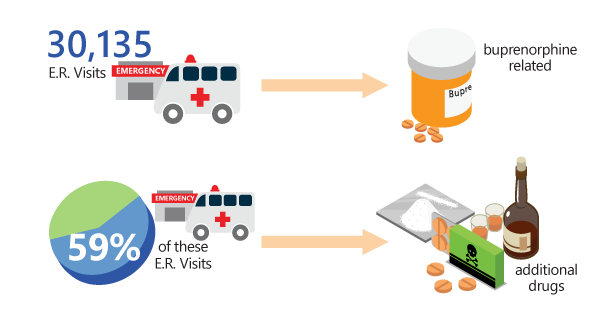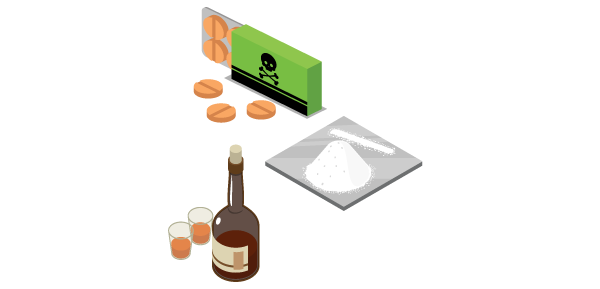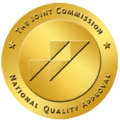HELP US BETTER MEET YOUR NEEDS BY TELLING US A LITTLE MORE ABOUT YOURSELF
Suboxone Detox
The Problem with Suboxone
Suboxone is a brand name prescription medicine that contains the active ingredients buprenorphine and naloxone. It is used to treat adults who are dependent on opioids.
- Buprenorphine is itself a opioid medication and a narcotic
- Naloxone is an opioid blocker that impedes the effect of opioid medications
Some people become addicted to suboxone through a prescription, and others illegally. Suboxone functions as a partial opioid agonist and diminishes cravings as well as prevents other opioids from reacting to the brain’s receptors. In other words, even if someone tries to abuse opiate drugs they won’t have the same effect.
Taken in low doses for a short period only can be somewhat helpful in some cases to reduce opioid use. However, suboxone presents its own right of abuse and withdrawals. In a recent report even the Substance Abuse and Mental Health Services stated that suboxone itself is not a sufficient treatment to eliminate addiction.


Suboxone Abuse Facts
Suboxone was initially promoted as a non-threatening medication that would help many struggling with opioid dependence. However, time has proven this isn’t true. We now know that many recovering opiate addicts say that suboxone was even harder to get off than methadone. Some insist its withdrawals can even been worse than those they were designed to subdue in the first place. At higher doses over long periods of time, it becomes difficult, or impossible for some, to stop using suboxone without treatment.
The Drug Enforcement Administration even reports that this narcotic medication is commonly susceptible to abuse. Even though the chemical used to prevent euphoric effects from opiates is present, addicts commonly find a way around it. Some crush the tablets. Others melt the film strips and inject the drug.
Dangerous Mixes
The very serious risks of suboxone abuse are exacerbated when other drugs are being used simultaneously, which is frequently the case. According to statistics, in 2010 there were 30,135 buprenorphine-related emergency room visits. 59% of these visits involved additional drugs. Some of these dangerous mixes are more likely to be lethal, including:


Benzodiazepines (Benzos)
Benzodiazepines (Xanax, Valium, Klonopin) are drugs usually prescribed to alleviate anxiety and treat insomnia. They are depressant drugs, or “downers,” because they sedate the central nervous system, which slows the heart rate, lowers blood pressure and depresses breathing. Because Suboxone is also a depressant drug, the two together create a double-whammy effect. The combination can cause a severe lack of coordination, impaired judgment, unconsciousness, respiratory failure, and even death.
Cocaine
The effects of Suboxone and cocaine are extremely dangerous because both drugs are on opposite sides of the spectrum. Cocaine is a stimulant, or “upper,” while Suboxone is a depression, or “downer.” When you combine cocaine with Suboxone, it actually reduces the amount of buprenorphine that is in your bloodstream. When you have less buprenorphine in your body, you start to feel opioid withdrawal symptoms.
Combining cocaine with Suboxone increases the risk of a cocaine overdose. Since Suboxone is a depressant, it counteracts the effects of cocaine. This means users end up taking more and more cocaine because they do not feel the effects they normally would on their regular amount. Typically, users start to believe that can handle more cocaine, even when they cannot. The increase in cocaine used can result in an overdose.
Alcohol
Mixing alcohol with any medication is never a good idea, especially Suboxone. Just like benzos, alcohol is a depressant. Alcohol is even more of a problem than benzos because it is so readily available. An uninformed Suboxone user may not even consider the risks of drinking alcohol. However, combining alcohol and Suboxone can produce the same exacerbated effects such as unconsciousness and respiratory failure. These side effects can be dangerous and even fatal. It is so important to know all the risks you are taking with newly prescribed medication.
Adverse Health Effects of Suboxone
Like other narcotic medicines, suboxone depresses your breathing. Some of the common side effects of using suboxone include:
- Headache
- Mild dizziness
- Numbness or tingling
- Seep problems (insomnia)
- Stomach pain
- Vomiting or constipation
- Redness, pain, or numbness in your mouth
- Feeling drunk
- Nausea
- Trouble concentrating
- Addiction and dependence
There are more serious issues that can result from Suboxone use as well, especially in cases of excessive prolonged use or overdose. Any of the following symptoms could be an indication of an overdose, so if one experiences these they should get emergency help immediately:
- Extreme drowsiness
- Loss of coordination
- Confusion
- Weakness or limp feeling
- Blurred vision
- Slurred speech
- Weak or shallow breathing
- Jaundice (yellowing of the skin or eyes)
- Pounding heartbeat
Suboxone Withdrawal Symptoms
One of the most ironic parts of suboxone addiction is that suboxone is used in the treatment of addiction, yet the drug itself leads to tolerance and dependence. When suboxone is stopped abruptly it can elicit painful and disorienting withdrawal effects.
Early Stage Withdrawal Symptoms
- Uncharacteristic irritability or agitation
- Anxiety
- Difficulty sleeping
- Profuse sweating
- Tearing
- Runny nose
- Frequent yawning
Late Stage Withdrawal Symptoms
- Stomach pain or cramping
- Diarrhea
- Dilated pupils
- Nausea and vomiting
- Confusion
- Changes in mood
Precipitated Withdrawal
Lastly, the truth is that partial opioid agonists like buprenorphine and opioid antagonists like naloxone can actually send someone addicted to full opioid agonist substances into what is known as precipitated withdrawal.
Precipitated withdrawal means to induce the onset of the unpleasant withdrawal symptoms very rapidly, if not immediately. So in essence, if someone in the midst of using heroin uses suboxone, it can launch them into intense withdrawals almost instantly.
NEED HELP IMMEDIATELY
Call
1-888-934-7256
Details on Suboxone Addiction Detox
The truth is, far too many people prolong their suffering in addiction out of fear of the withdrawal process. In many ways medical drug detox is essential because the withdrawals can be such an obstacle to recovery. For a few of these substances, or combinations of substances, withdrawal is potentially fatal. Therefore, it is best to seek a medical detox program where you will be medically monitored and given medications to ease the withdrawals. Medical detox typically has two stages:
1. Evaluation:
Evaluation is when an individual is first brought in and assessed in order to create a personalized recovery plan. Clinicians evaluate the patient for:
Drugs present in the system
Potential co-occurring disorders
Dual diagnosis
Mental/behavioral issues
It is important to know which drugs are present and what side effects to expect. Once the individuals immediately health needs are met, the process begins to establish a treatment program. The option of medications and other therapies is introduced and the best course of action is determined.

2. Stabilization:
In this stage, the patient is guided through the process of physical detoxification. This stage is led by medical professionals who help to provide medications if necessary and monitor the individual’s progress. Also part of stabilization is explaining to the patient what to expect during treatment and the recovery process.
This stage is about providing health care and comfort in a safe environment while the individual tapers off suboxone and any other drugs. Making the process safe, relaxing and effective is why medical detox is so important. Detox is great not just for helping someone get through the discomfort and difficulty of withdrawals, but also to help address adverse health effects of long-term drug abuse.

Palm Healthcare Company
1177 George Bush Blvd.
Delray Beach, FL 33483
888-934-7256
Joint Commission accreditation and certification is recognized nationwide as a symbol of quality that reflects an organization’s commitment to meeting certain performance standards.



